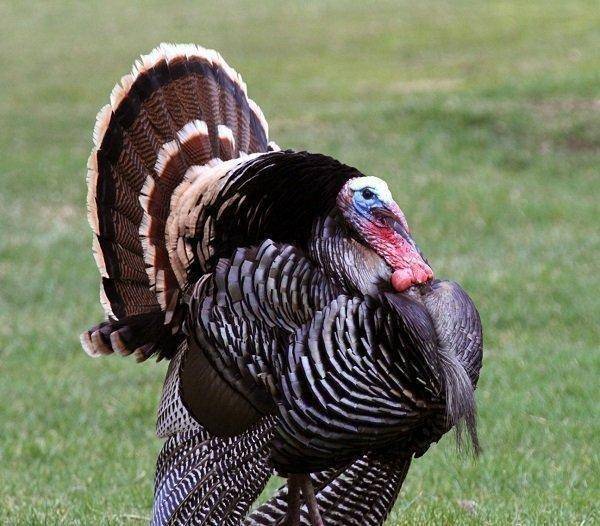Utah Divison of Wildlife Resources Press Release
For those who want to experience the thrill of hunting a strutting, gobbling tom turkey, but don’t have a hunting permit yet, no problem. Permits for Utah’s general turkey hunt go on sale soon.
Permits for the statewide hunt go on sale Feb. 20 and are available at www.wildlife.utah.gov, hunting license agents across the state and at Utah Division of Wildlife Resources offices.
There’s no limit to the number of permits that can be sold, so hunters should have no problem getting one.
The general statewide hunt starts April 28.
DWR upland game coordinator Jason Robinson says that in addition to better road conditions and better access, the general hunt in May provides several advantages hunters won’t find during the limited entry hunt in April. Advantages include more time and more areas to hunt.
It is very important to hunt turkeys when the birds are gobbling. “This is when the male turkeys, called toms, will be most receptive to the calls,” Robinson explained.
Unfortunately, weather in the spring can often put a damper on turkey activity. “Wet and cold weather can decrease the period of time when turkeys are gobbling,” Robinson stated. “The limited entry hunt runs for only two weeks. The general hunt, on the other hand, runs for four weeks. Hunting during the general hunt doubles the amount of time hunters have to be in the field at the right time and when the turkeys are gobbling.”
Robinson says two peak gobbling periods happen in the spring. The first usually occurs in early April, when tom turkeys call aggressively at the start of the breeding season. The second peak happens during the general hunt in May. That’s when toms are actively seeking hens that have not bred yet or that need to breed again because their nests have failed.
While it might be hard to believe, an additional advantage to the general hunt is a feeling that fewer hunters are in the field. “Hunters consistently tell us that they feel less crowded during the general hunt, even though more hunters are in the field,” Robinson says.
Robinson thinks this feeling has a lot to do with perception. “If you draw a limited entry permit,” he says, “you might feel crowded, even if there’s just one other hunter in the area you’re hunting. Hunters expect to see other hunters in the field during the general hunt, and they don’t seem to mind it as much.”
After a tough winter and spring a couple of years ago, Robinson says turkey numbers appear to be on the rise. In fact, turkey habitat in northern Utah has enough birds in it that DWR biologists have started moving extra birds to northeastern Utah to start new populations there.
In central and southwestern Utah, populations in certain parts of the regions are doing well enough that biologists are now moving birds to other areas within the regions. If trapping conditions in South Dakota are favorable this winter, about 100 turkeys from there will be transported and released into new areas in southeastern Utah.
“Wild turkeys are doing really well in Utah,” Robinson said. “If the birds are put in the right habitat, they will flourish.”
More information about hunting wild turkeys in Utah is available in the 2013-2014 Utah Upland Game and Turkey Guidebook. The free guidebook is available at www.wildlife.utah.gov/guidebooks.

